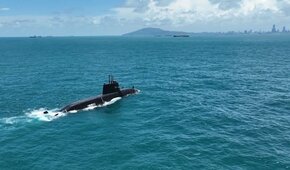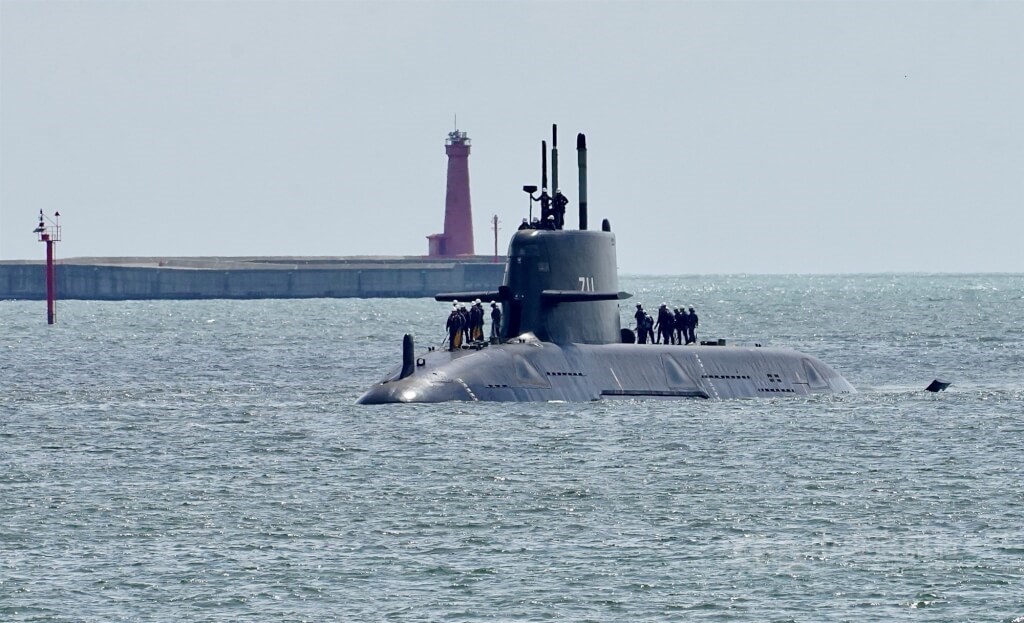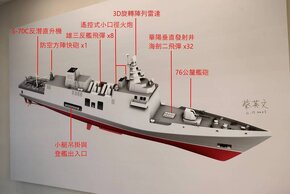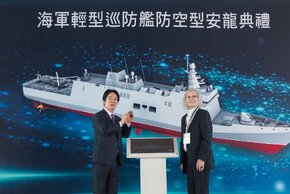Taiwan Navy News and Developments
- Thread starter buglerbilly
- Start date
The original design had NCSIST 4 x fixed PAR. But these apparently did not met the weight requirements and they chose the BAE Systems' ARTISAN (Type-997). A wasted opportunity since NCSIST also designed and tested a local Smart-S equivalent radar which was never selected.
Some unofficial renders


Some unofficial renders


Last edited:

Taiwan’s Endeavor Manta Drone Boat Breaks Cover
Taiwan has not moved as fast as some may have expected to build an uncrewed surface vessel force, but that appears to be changing. Taiwan has not moved as fast as some may have expected to build an uncrewed surface vessel force, but that appears to be changing.
Taiwan has their own unmanned boats now.
Musashi_kenshin
Well-Known Member

Taiwan indigenous submarine prepares sea acceptance tests | Taiwan News | Apr. 4, 2025 15:00
Signing of contracts for next 2 submarines expected at end of 2025 | Apr. 4, 2025 15:00
Looks like the indigenous submarine project is still on track. Saving any problems with the sea acceptance tests, the submarine will be handed over to the navy in the autumn, with a contract for two more submarines signed before the end of the year.
Musashi_kenshin
Well-Known Member
The Hai Kun class prototype has been concluding harbour trials. Sea trials are planned for later this year, but no date has been set yet.
Ananda
The Bunker Group

Taiwan CSBC put photo of Hai Kun conducting it's first initial sea trial five days ago. No info if the trial already include open sea submerged one, but seems not yet.

Taiwan submarine conducts first sea trial tests: Shipbuilder - Focus Taiwan
Taiwan's first indigenous submarine, known as the Narwhal or Hai Kun, completed a series of tests Tuesday on its first day of sea trials just outside the Port of Kaohsiung, its builder said late that night.
Sandhi Yudha
Well-Known Member
A closer look at the new catamaran patrolvessel of the Taiwanese Coast Guard.
The CG612 Suao is the 10th vessel of the Anping-class offshore patrolvessels and can reach a speed of 44 kts.
The CG612 Suao is the 10th vessel of the Anping-class offshore patrolvessels and can reach a speed of 44 kts.


